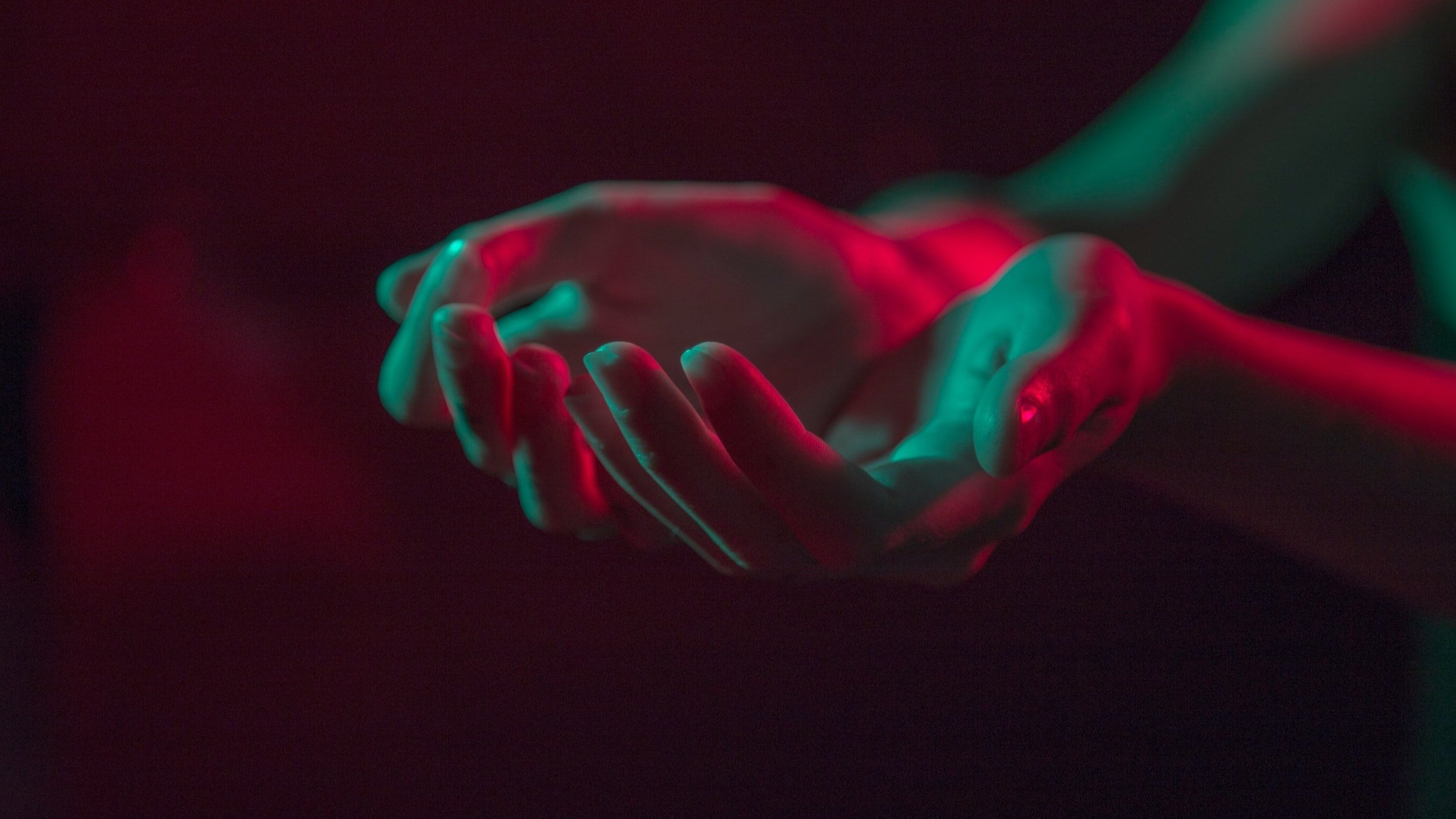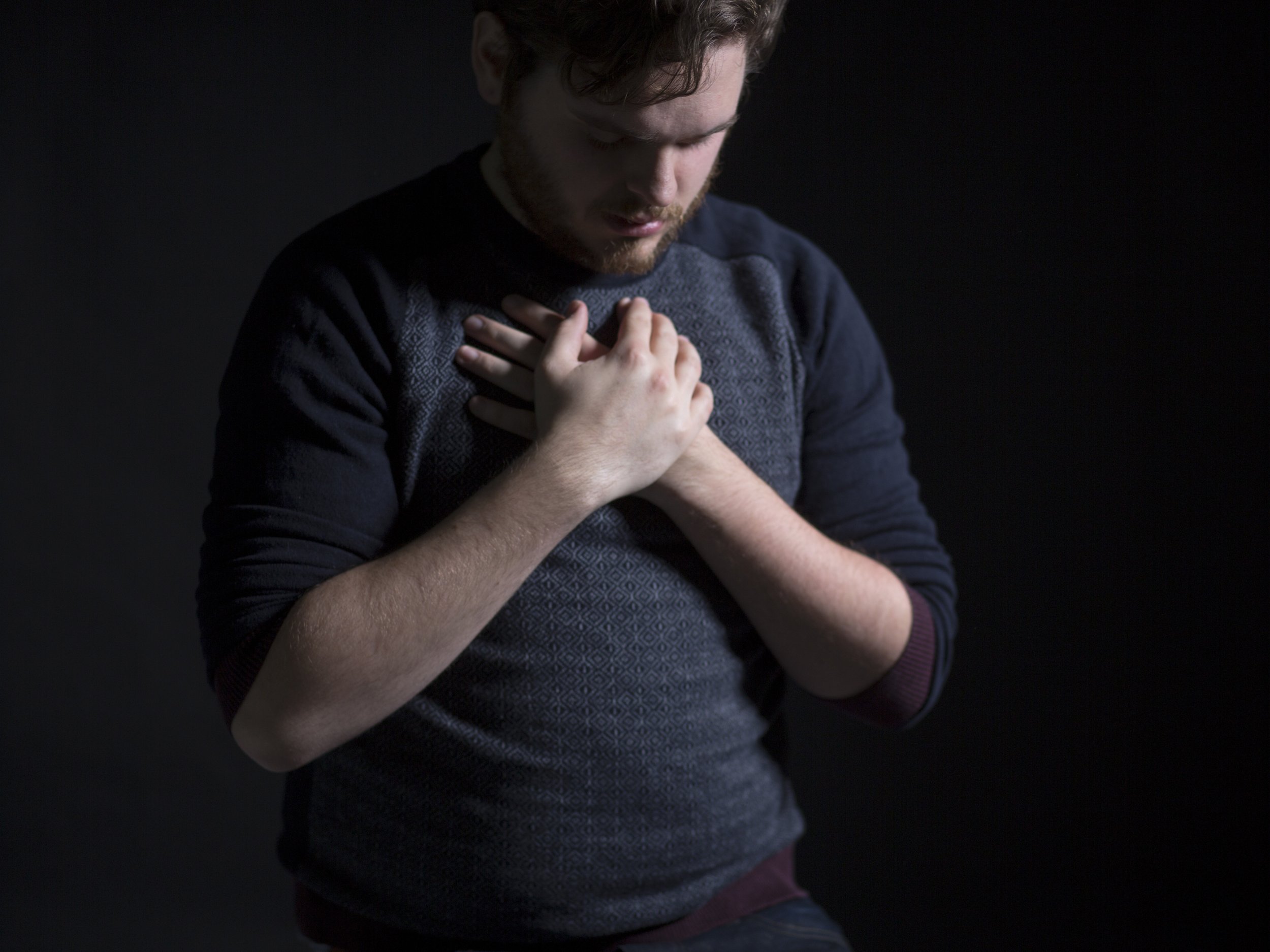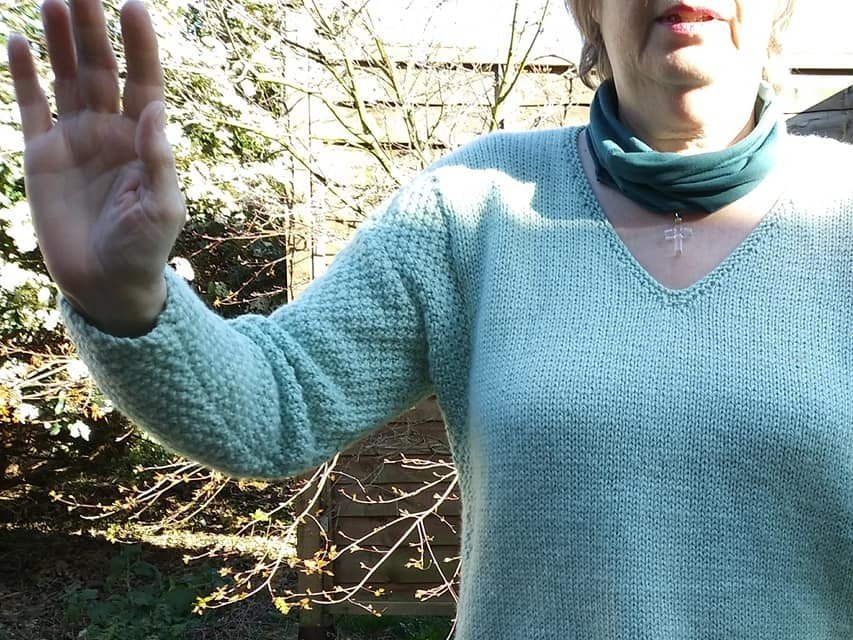Do you pray through your body?
That is a trick question as we all pray through our bodies whether we realise it or not. We make a choice to sit or kneel or stand when we pray. We slip into familiar patterns of sit here, fold hands like this, feet on the floor like that and away we go. What might happen if we actually used the body that we have to pray with?
As a circle dance teacher, I do use the body in prayer and worship and this statement tends to make people back away with a look of quiet terror, but bear with me! Gesture, what we do with our hands can be a powerful way of praying especially when there are times when words do not come.
Why not try using some of these different gestures in prayer and see how it feels. What difference does it make when you hold your palms up or down or raise your hands? Can you allow yourself to just breathe, be still and hold a gesture? Is it something that is hard or creates resistance? Why?
So here is a short list of gestures you will already be familiar with.
Traditional prayer pose with hands together and the fingers pointing up or outwards.
As above but with the fingers clasped.
Hands resting on the knees when sitting with palms up.
As a choreographer I have to name gestures and some of these come from the circle dance world. If you have to teach and dance and spot where people are having difficulty all at once, you need to have a shorthand! These are easier to do when standing but can be done sitting.
Adorante – hands at shoulder height with the palms facing forward.
Orans – hands at shoulder height with the palms facing each other.
The difference between these is quite subtle but what does it do to your prayer if you pray with palms forward rather than palms facing each other?
Some body prayer can make you feel quite vulnerable. In dance we talk about opening your heart, and this would be to pray with hands held up and away from the body. Your heart is exposed and this might feel too much. Perhaps then bring your hands to your heart or cross your arms to hold your shoulders to feel more secure and then when you are ready, open your arms again.
In the video below, I’ve demonstrated and named all the gestures I’ve described so far. If it makes you more comfortable, call it embodied theological reflection. Or put on some music and see what gestures come in prayer.
Questions for you and your directees:
Strand on Each Posture: Take time to experience and reflect on various postures in your prayer or meditation practice. How do you feel when imagining God's gaze on you in each posture? What thoughts, emotions, or sensations arise?
Which Posture Are You Drawn To?: Among the postures you explored, which one resonates with you the most? Is there a particular posture that seems to facilitate a stronger connection with the divine? Why do you think this is the case?
Which Posture Are You Resistant To?: On the other hand, is there a posture that you find challenging or resistant to adopting in your spiritual practice? What might be the reasons behind this resistance, and what can you learn from it?
If you want to explore this more, Karen is leading a Developing Direction session on 1st March 20204 on Body Prayer, find out more here.
Revd Karen Wellman
Karen is an experienced spiritual director and priest with a passion for embodied prayer. She has taught workshops on "Moving into Stillness'' to church groups and has worked as a priest in the Diocese of Winchester, London, and is shortly moving to Gloucester. Karen has been dancing since her university days and has seen the potential for prayer in dance. She trained as a circle dance teacher in 2006 and has since been part of a group of dancers that dance in cathedrals and churches, most recently at St. Paul's Cathedral and King's College London. Karen's article on praying with all of ourselves was a result of a sabbatical that focused on embodied worship and can be found atchurchsupporthub.org.





